F3’s Kevin Fitzsimmons argues that aquaculture’s true growth comes when the dependency on marine ingredients ends
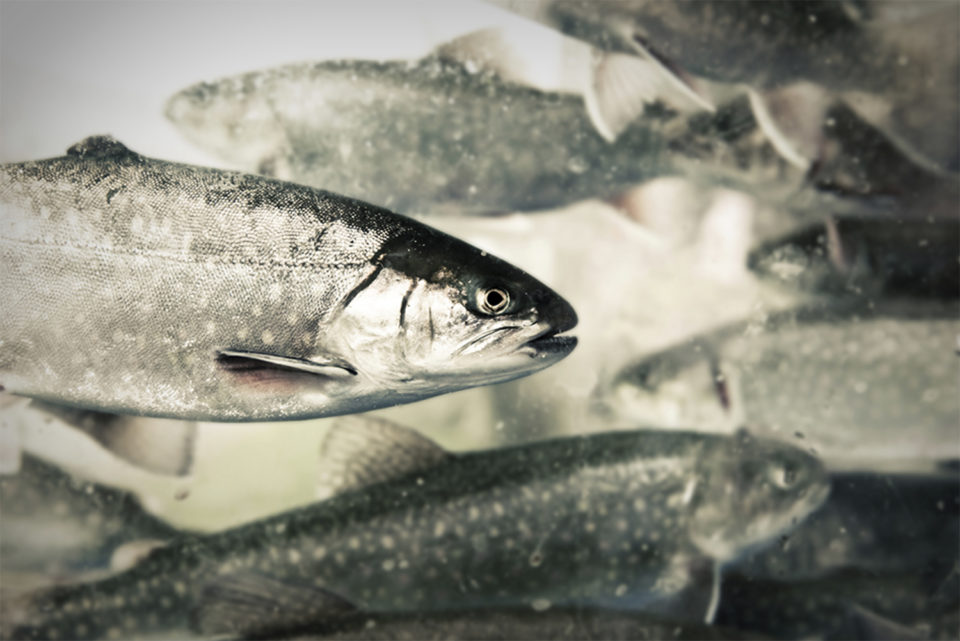
The recently released publication from the United Nations’ Food and Agriculture Organization (FAO), The State of World Fisheries and Aquaculture 2020, highlights the continued rapid growth in aquaculture and that the supply of fishmeal and fish oil available to the aquaculture industry remains a limitation. Some have taken this opportunity to repeat the misleading claims that fishmeal and fish oil are essential ingredients for aquaculture feeds.
(Editor’s Note: Petter Martin Johannessen, director general of IFFO, has prepared a “counterpoint” to this article, arguing that fishmeal and fish oil offer unmatched nutritional benefits for farmed fish. To read, please click here.)
As virtually any aquaculture (or human, animal, or even plant) nutritionist will attest, there is no such thing as an essential ingredient. Fish, just as humans, other animals and even plants, require essential nutrients. Fish do not care if the amino acids, fatty acids, carbohydrates, fiber, and vitamins come from other fish, insects, yeast, plankton or seaweeds, any more than humans care if our nutrients come from fish, beef, chicken, tofu, beans, peas or salad. So long as all the macro- and micro-nutritional requirements are met, aquatic animals will thrive, just as people, land-animals and plants do.
Thousands of technical studies have found that hundreds of ingredients can be used to supply the same essential nutrients found in fishmeal and fish oil. More indeed needs to be done with research and development investments to ultimately eliminate fishmeal and fish oil from all aquafeeds, particularly for carnivorous and marine species. With careful formulations, growth and quality can be achieved equal to, and in some cases superior to, employing diets with fishmeal and fish oil as ingredients.
The rapidly growing suite of alternative ingredients (soy, single-cell organisms, algae, insect meals and even animal and plant byproducts) has been replacing fishmeal and fish oil in formulated diets on an accelerated basis for 60 years. Algal oil is now used in the diets for more than 25 percent of all farmed Norwegian salmon. This is not surprising when it is well known that salmonids bioaccumulate their omega-3 fatty acids from marine algae eaten by their prey.
The growth of alternative ingredients will continue to accelerate as the true costs of harvesting forage fishes are applied to the industry.
Seafood buyers around the world are requesting seafood produced with algal oils not only because of their health benefits but because they support the sustainable growth of salmon and other farmed seafood and are produced with more consistent quality. In the wild, fish oil comes in a variety of qualities due to a multitude of factors, including species, location of capture, time of year harvested, time from catch to arrival at the reduction plant, and processing method used.
Some of these fish oil sources are deemed not sustainable by influential ratings groups like the Monterey Bay Aquarium’s Seafood Watch program. Fishmeal and fish oil require additional processing to remove significant quantities of environmental contaminants including dioxins, PCBs, PBDEs and furans that bioaccumulate in the fatty tissues of forage fishes (Oterhals et al. 2007; Berntssen et al. 2016; Ng et al. 2018). The same oils derived from cultivated algae directly are much more reliable products with consistent quality, fatty acid content and freshness (Betancor et al. 2015, 2017; Sprague et al. 2015, 2016, 2017) and have a smaller environmental footprint.
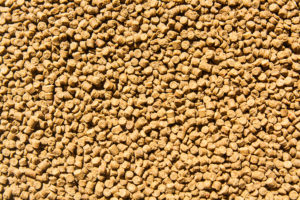
Some in the marine products industry misleadingly state that their products and methods are justified because of “need” despite their associated environmental and social harms. Forage fisheries have a sad 70-year record of overfishing, from the California sardines in the 1950s (Radovich 1982; Pikitch 2012, 2015) to the anchovies in the Gulf of Thailand and Bay of Bengal in the 2010s (Koolkalya et al. 2015; Pratyush Das & Bhargava 2017).
Overfishing is artificially encouraged because forage fisheries globally benefit from various government subsidies and tax breaks that artificially lower their costs, as they normally do not pay any royalties for harvesting a public resource (Worm et al. 2009; Iudicello et al. 2012), and in parts of Asia are guilty of forced labor (New York Times, 2015; Chantavanich et al. 2016; Fischman 2017). Now it appears that some in the industry are commissioning studies that assert that fish in-fish out efficiency should be a primary consideration for their goal of strategic utilization, i.e. as long as fish oil biomass results in a higher output (Newton 2019).
Even the authors of the economic fish-in, fish-out eFIFO paper (Kok et al. 2020) admit that eFIFO needs a comprehensive life cycle assessment that incorporates resource scarcity, carbon footprint, ecosystem services and substitutes to assess sustainability more comprehensively.
When the true value of forage fish to multiple beneficiaries are outlined using the UN Millennium Ecosystem Assessment framework, a conservative estimate is that they are worth three times their direct catch value, or $18.7 billion per year (Konar et al. 2019). This valuation accounts for the many species and associated fisheries they support. If current overharvesting continues with business as usual, multiple forage fisheries will collapse by 2037 (Froehlich et al. 2018), which could have devastating impacts on the whole marine food web. The arguments made by forage-fishery adherents that the alternative ingredients are not cost-effective are nonsensical when we consider the many subsidies that their fisheries enjoy; the lack of repayment for bycatch and other ecological damage their fishing causes (Changing Markets Foundation, 2019), the amount of fossil fuel their boats burn, and the health costs in the second-most injury- and fatality-prone industry in the world, after logging.
Cottrell et al. (2020) specifically reported that “maintaining aquaculture’s demand for forage fish below historical supply limits is already possible using novel feed ingredients that are currently available, although with varying potential across species and economies.” While it is true that even with advice from the most skilled feed nutritionists, multiple rounds of tests may be needed to ascertain the ingredient formulations needed to completely replace fishmeal and fish oil for carnivorous species, the bulk of fed aquaculture (carps, tilapia and catfishes) do fine with complete replacements for fishmeal and fish oil including shrimp that even have shown improved resistance to disease in fish-free feed formulations (McLean et al. 2020). The “not ready yet” argument has been shown to be less relevant when society instructs governments to act as exemplified in other industries such as renewable energy, that now has a growing number of clean energy options, such as wind, solar and innovative nuclear.
The hunting and gathering of fishes from the oceans of the world should be well regulated and taxed (Hilborn 2011; Arthur et al. 2019), just as other extractive industries gathering public natural resources (timber, mining, oil and gas and even bottled water) are. Arguments that alternatives are not ready to compete are insulting coming from large corporations that harvest “free” natural resources and pay little or nothing to the public for that right. The extraordinary high prices and profit margins for fishmeal and fish oil have held back the growth of the aquaculture industry for years. Find one fish farmer who thinks aquafeed prices are too low!
The growth of alternative ingredients will continue to accelerate as the true costs of harvesting forage fishes are applied to the industry.
The F3 Challenge aims to encourage further innovation and the burgeoning of substitutes that makes it unnecessary to use wild fish in feeds so that they can remain in the environment for other species. The growth of alternatives also frees aquaculture’s growth from constraints due to wild resource availability, assuring greater food security in the future. The F3 team hopes that the switch over to substitutes can be done in time to avert an ecological and economic crisis, and to avert humanitarian crises due to protein shortages. We welcome researchers from universities and companies to join our effort to save the future of protein and the future of food.
Citations
Arthur, R., Heyworth, S., Pearce, J., & Sharkey, W. (2019). The cost of harmful fishing subsidies. Fisheries. IIED Working Paper, IIED, London. http://pubs.iied.org/16654IIED
Berntssen, M. H., Sanden, M., Hove, H., & Lie, Ø. (2016). Modelling scenarios on feed-to-fillet transfer of dioxins and dioxin-like PCBs in future feeds to farmed Atlantic salmon (Salmo salar). Chemosphere, 163, 413-421.
Betancor, M. B., Sprague, M., Usher, S., Sayanova, O., Campbell, P. J., Napier, J. A., & Tocher, D. R. (2015). A nutritionally-enhanced oil from transgenic Camelina sativa effectively replaces fish oil as a source of eicosapentaenoic acid for fish. Scientific Reports, 5, 8104.
Betancor, M. B., Li, K., Sprague, M., Bardal, T., Sayanova, O., Usher, S., … & Tocher, D. R. (2017). An oil containing EPA and DHA from transgenic Camelina sativa to replace marine fish oil in feeds for Atlantic salmon (Salmo salar L.): Effects on intestinal transcriptome, histology, tissue fatty acid profiles and plasma biochemistry. PloS One, 12(4), e0175415.
Changing Markets Foundation. (2019). Fishing for Catastrophe.
Chantavanich, S., Laodumrongchai, S., & Stringer, C. (2016). Under the shadow: Forced labour among sea fishers in Thailand. Marine Policy, 68, 1-7.
Cottrell, R.S., Blanchard, J.L., Halpern, B.S., Metian, M. and Froehlich, H. E. Global adoption of novel aquaculture feeds could substantially reduce forage fish demand by 2030. Nature Food, 301–308 (2020). https://doi.org/10.1038/s43016-020-0078-x .
FAO. (2020). The State of World Fisheries and Aquaculture 2020. Sustainability in action. Rome. https://doi.org/10.4060/ca9229en
Fischman, K. (2017). Adrift in the sea: the impact of the business supply chain transparency on Trafficking and Slavery Act of 2015 on forced labor in the Thai fishing industry. Indiana Journal of Global Legal Studies, 24(1), 227-252.
Froehlich, H., Jacobsen, N. S., Essington, T. E., Clavelle, T. & Halpern, B. S. (2018). Avoiding the ecological limits of forage fish for fed aquaculture. Nature Sustain. 1, 298–303.Hilborn, R. (2011). Overfishing: What Everyone Needs to Know®. Oxford University Press.
Iudicello, S., Weber, M. L., & Wieland, R. (2012). Fish, markets, and fishermen: the economics of overfishing. Island Press.
Kok, B., Malcorps, W., Tlusty, M., Eltholth, M. M., Auchterlonie, N. A., Little, D. C., Harmsen, R., Newtown, R. W., Davies, S. J. (2020). Fish as feed: Using economic allocation to quantify the Fish In:Fish Out ratio of major fed aquaculture species. Aquaculture. 10.1016/j.aquaculture.2020.735474.
Konar, M., Qiu, S., Tougher, B., Vause, J., Tlusty, M., Fitzsimmons, K., Barrows, R. and Cao, L., (2019). Illustrating the hidden economic, social and ecological values of global forage fish resources. Resources, Conservation and Recycling, 151, p.104456.
Koolkalya, S., Sawusdee, A., & Jutagate, T. (2015). Chronicle of marine fisheries in the Gulf of Thailand: variations, trends and patterns. Indian Journal of Geo-Marine Sciences 44(9):1302-1309.
McLean, E., et al. “Study Replaces Dietary Fish Oil with Microalgal Oil” Global Aquaculture Advocate, 27 Apr. 2020.
Newton, R. (2019). A more sophisticated way of looking at the concept of Fish In: Fish Out ratios (Project No. 1802). IFFO-The Marine Ingredients Organization.
New York Times 2015. ‘Sea Slaves’: The Human Misery That Feeds Pets and Livestock. Jul 27, 2015.
Ng, C. A., Ritscher, A., Hungerbuehler, K., & von Goetz, N. (2018). Polybrominated diphenyl ether (PBDE) accumulation in farmed salmon evaluated using a dynamic sea-cage production model. Environmental science & technology, 52(12), 6965-6973.
Oterhals, Å., Solvang, M., Nortvedt, R., & Berntssen, M. H. (2007). Optimization of activated carbon-based decontamination of fish oil by response surface methodology. European Journal of Lipid Science and Technology, 109(7), 691-705.
Pikitch, E. K. (2012). The risks of overfishing. Science, 338 (6106), 474-475.
Pikitch, E.K., Rountos, K.J., Essington, T.E., Santora, C., Pauly, D., Watson, R., Sumaila, U.R., Boersma, P.D., Boyd, I.L., Conover, D.O. and Cury, P., 2014. The global contribution of forage fish to marine fisheries and ecosystems. Fish and Fisheries, 15(1), pp.43-64.
Pikitch, E. K. (2015). Stop-loss order for forage fish fisheries. Proceedings of the National Academy of Sciences, 112(21), 6529-6530.
Pratyush Das and A K Bhargava (2017). Present status of the Indian marine fisheries with special reference to sardine and anchovy fishery along the Indian coasts- An analysis. 8th International Conference on Fisheries & Aquaculture. Toronto, Canada.
Radovich, J. (1982). The collapse of the California sardine fishery. What have we learned, 56-78. CalCOFI Rep., Vol. XXIII.
Sprague, M., Walton, J., Campbell, P. J., Strachan, F., Dick, J. R., & Bell, J. G. (2015). Replacement of fish oil with a DHA-rich algal meal derived from Schizochytrium sp. on the fatty acid and persistent organic pollutant levels in diets and flesh of Atlantic salmon (Salmo salar, L.) post-smolts. Food Chemistry, 185, 413-421.
Sprague, M., Betancor, M. B., & Tocher, D. R. (2017). Microbial and genetically engineered oils as replacements for fish oil in aquaculture feeds. Biotechnology Letters, 39(11), 1599-1609.
Sprague, M., Dick, J. R., & Tocher, D. R. (2016). Impact of sustainable feeds on omega-3 long-chain fatty acid levels in farmed Atlantic salmon, 2006–2015. Scientific Reports, 6(1), 1-9.
Tacon, A. G., & Metian, M. (2009). Fishing for aquaculture: non-food use of small pelagic forage fish—a global perspective. Reviews in Fisheries Science, 17(3), 305-317.
Worm, B., Hilborn, R., Baum, J. K., Branch, T. A., Collie, J. S., Costello, C., … & Jensen, O. P. (2009). Rebuilding global fisheries. Science, 325(5940), 578-585.
Now that you've reached the end of the article ...
… please consider supporting GSA’s mission to advance responsible seafood practices through education, advocacy and third-party assurances. The Advocate aims to document the evolution of responsible seafood practices and share the expansive knowledge of our vast network of contributors.
By becoming a Global Seafood Alliance member, you’re ensuring that all of the pre-competitive work we do through member benefits, resources and events can continue. Individual membership costs just $50 a year.
Not a GSA member? Join us.
Author
-
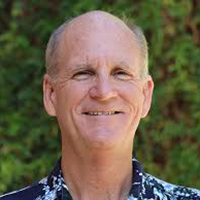
Kevin Fitzsimmons, Ph.D.
Kevin Fitzsimmons is a research scientist and professor in the Department of Soil, Water and Environmental Science at the University of Arizona in Tuscon, Ariz., USA.
[117,100,101,46,97,110,111,122,105,114,97,46,103,97,64,122,116,105,102,118,101,107]
Tagged With
Related Posts
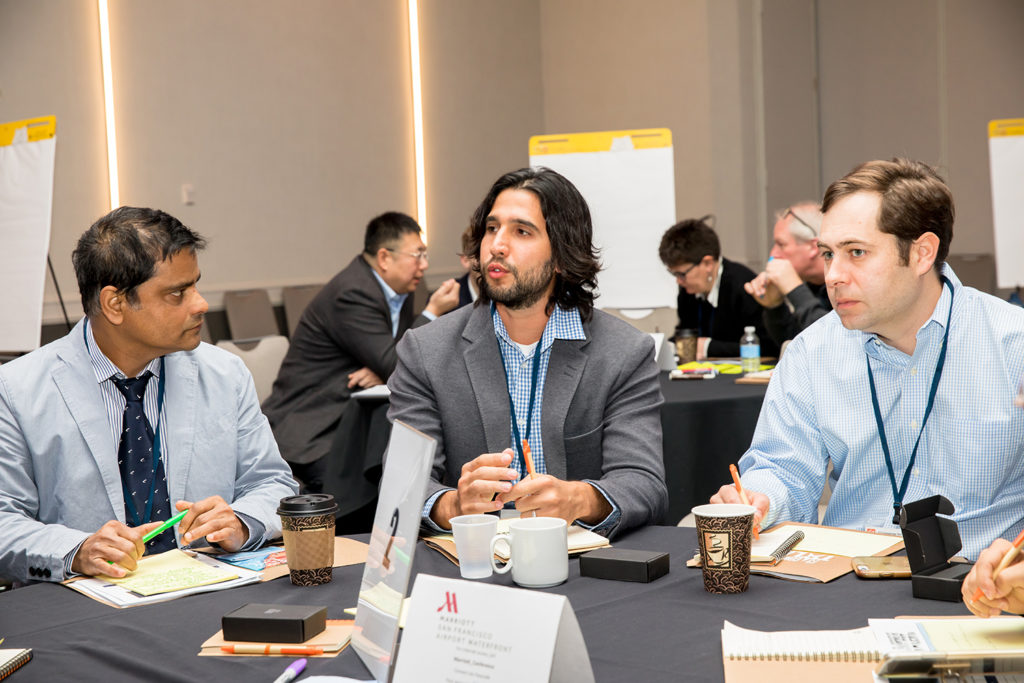
Aquafeeds
Aquafeed moonshots at the F3 ‘talent show’
At the F3 (fish-free feed) Companies Got Talent event in Burlingame, Calif., last week, alternative (non-marine) aquafeed ingredient companies spoke of decoupling aquaculture from fishmeal and fish oil in their quest for greater sustainability.

Aquafeeds
F3 Prize: Putting money where fish’s mouths are
Interest is growing in a two-year-long competition aimed at driving innovation in the aquafeed sector. The F3 prize for a demonstrably fish-free feed comes with a cash reward, and possibly a glimpse at the future.
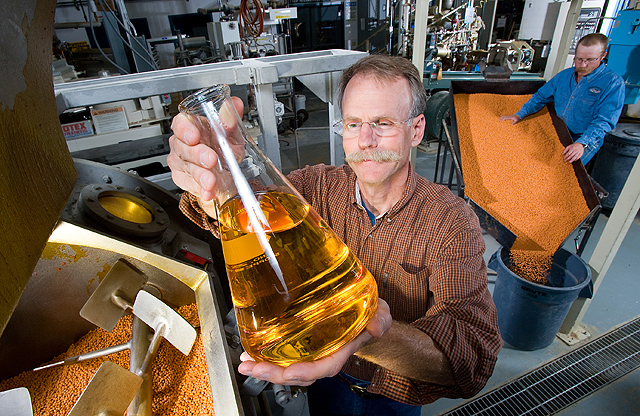
Aquafeeds
F3 takes on a new challenge – fish oil alternatives
Building off the success and excitement of the fish-free aquaculture feed cash-prize contest that concludes this fall, the F3 Challenge has set its sights on a new target: fish oil alternatives.
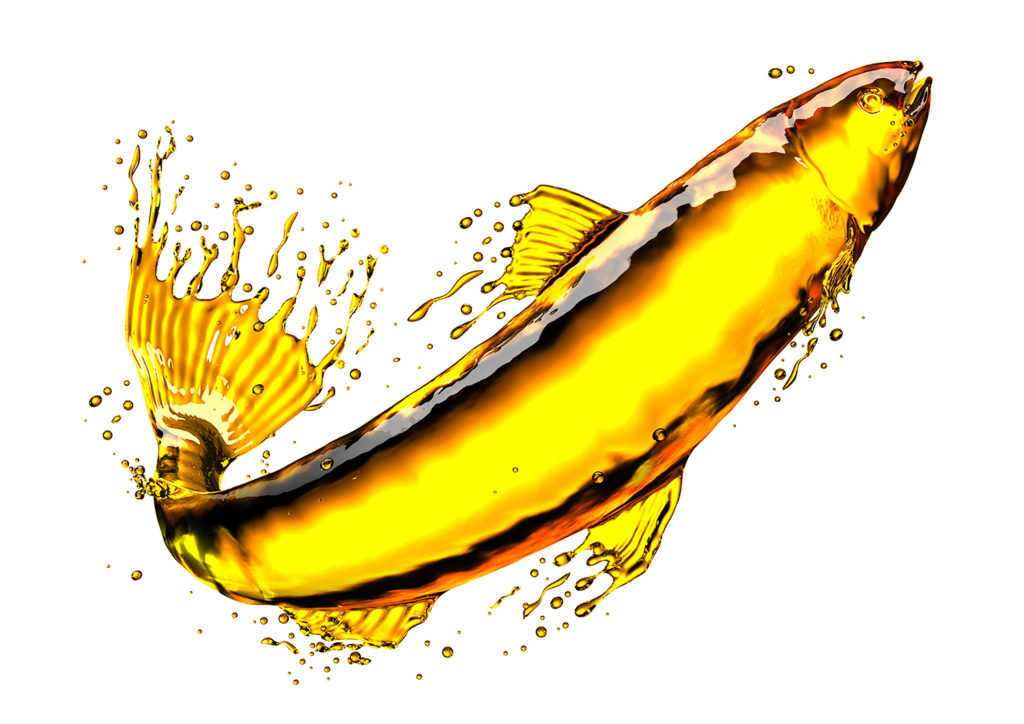
Aquafeeds
Fish oil alternatives are waiting in the wings
The Future of Fish Feed (F3) initiative aims to jumpstart innovation in terms of viable fish-free substitutes to fish oil through the global F3 Fish Oil Challenge.

